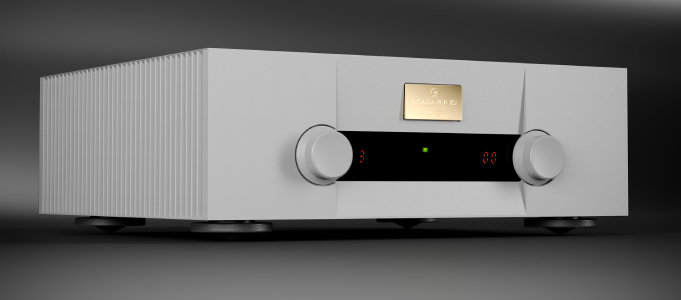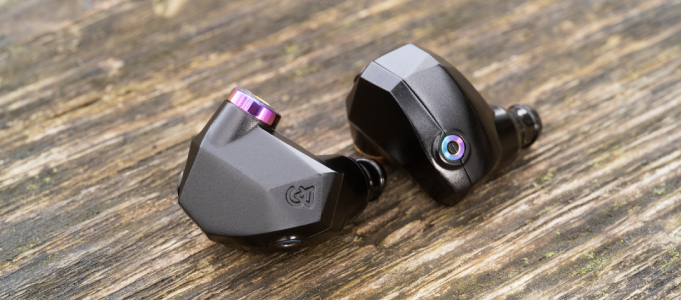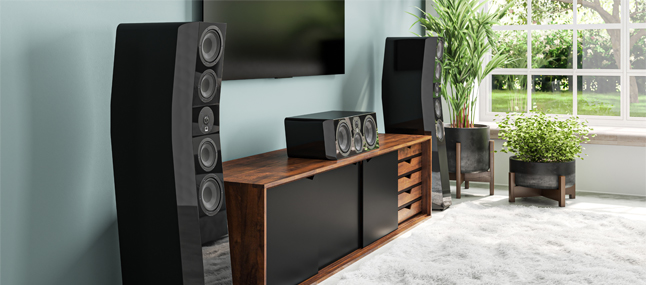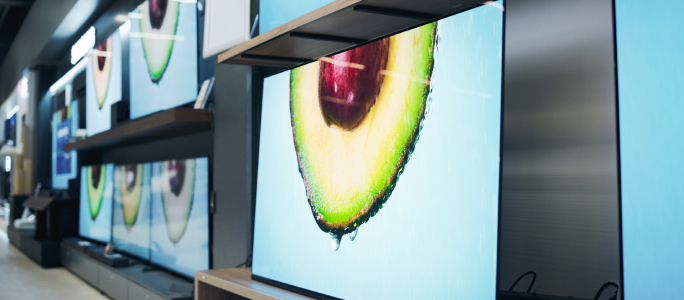Opinion: Wired for Sound

David Price celebrates the immortal art of system set-up…
I recently read some comments on a Facebook hi-fi discussion group about “over-hyped” hi-fi cables. All cables sound the same, said the poster, so all fancy interconnects and speaker leads are a complete waste of money. Worse than that, the manufacturers are all trying to rip people off. He then opined that Amazon Basics leads were all you needed because a piece of wire is a piece of wire, or words to that effect.

Sure enough, what followed was what philosophers call the “appeal to authority” fallacy – “Person P makes claim X. Therefore, X is true”. The guy boasted about his audio engineering credentials and then tried to dazzle everyone with a partial explanation of the electrical characteristics of an interconnect cable. He was correct, but only up to a point – and just because he said so, didn't make what he was saying right.
Back to philosophy, and my understanding is that science isn't a done deal, a hermetically sealed subject with no room for new information. That's always why I sigh when told that climate change is a “settled science” because by its very definition science can never be thus. We have 'known knowns', 'known unknowns' and 'unknown unknowns' – and the latter two have more impact on the sound of a hi-fi system than any of us in the industry would care to admit!
One of the many aspects of my misspent youth involved tweaking my hi-fi. After I'd got past building my own amplifiers from kits, knocking together speakers and breathing life into failing turntables, for a while, I became obsessed with system set-up. It got to the point when I was listening to music more to assess new cables, plugs, fuses, supports, isolation pads, damping material, etc. than I was for enjoyment. It was undoubtedly a niche pursuit, but not completely futile because it taught me the basics of getting the best sound from any given system – something that's often since come in handy in my line of work.

Last month, once again, I found myself practising these tweaking skills when I bought an old mid-nineteen eighties Marantz CD65 II Special Edition for fun – or 'research purposes', you might say. I've never owned this classic CD player before, but the fact that it combined the legendary Philips CDM4 single beam, swing-arm transport with dual Philips TDA1541A 16-bit, 4 times oversampling DAC chips was enough to make me splash my cash. Many silver disc fans think this the ultimate combination of transport and DAC – yet the player sounded awful when I plugged it in and pressed 'play'…
So I duly embarked upon my time-honoured tweaking routine, and first discarded the cheap bundled Marantz interconnects. In went a pair of Ecosse Nu Diva – simply because I had some lying around – going from its RCA analogue output sockets to my Sony TAE-86B/TAN-86B pre/power amp combination. The difference was vast – the music was tonally fuller, smoother across the midband, and the soundstage went from two dimensions to three. I was playing Electribe 101's classic nineties electro track, You're Walking, and it sounded like a remix compared to the cheap leads.

Suddenly my ancient Marantz CD spinner was starting to sound good, so out came my tube of Caig DeoxIT and all the phono sockets got a splash of this magical contact cleaner. Then it was back to hear the track again. I can't explain why I heard what I heard, but it was nearly as profound as upgrading the cable. There was so much more transparency; my Yamaha NS-1000M speakers sounded like they had finally fixed focus on the recording. Yet those drum machine hi-hats were silkier than before, so the sound hadn't got brighter.
Finally, I improvised a better support. Rather than putting this ageing Marantz into my proper equipment rack, it was sitting on a cheap IKEA Lack coffee table. So I grabbed some old Sorbothane isolation feet and stuck them under the player. Once again, I listened to the track and was amazed by the transformation. Whereas the player's rhythmic abilities had seemed a bit slap-dash, now the bassline was purposeful, tuneful and engaging. Vocal phrasing was far better carried, and there was a sense that the music was gelling beautifully. I couldn't believe how good things were now sounding.

The moral of the story is that hi-fi systems need careful fettling, just as much as any fancy racing bike or supercar. Tweaks like these allow good, capable products to really give of their best, rather than running them in a sub-optimal way. Cables, despite what some self-proclaimed experts say, are a critical part of this – and so are contacts and supports. System set-up is more of an art than it is a science perhaps, but that doesn't make it any less important. Above all, listen for yourself and decide.
David Price
David started his career in 1993 writing for Hi-Fi World and went on to edit the magazine for nearly a decade. He was then made Editor of Hi-Fi Choice and continued to freelance for it and Hi-Fi News until becoming StereoNET’s Editor-in-Chief.
Posted in:Hi-Fi
JOIN IN THE DISCUSSION
Want to share your opinion or get advice from other enthusiasts? Then head into the Message Forums where thousands of other enthusiasts are communicating on a daily basis.
CLICK HERE FOR FREE MEMBERSHIP






